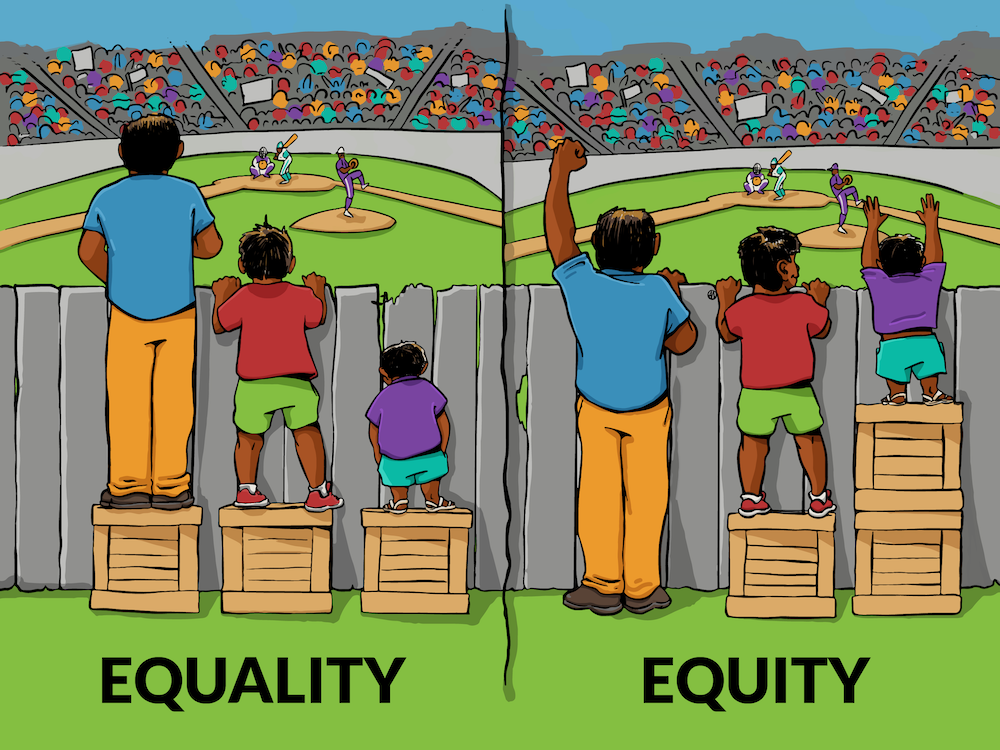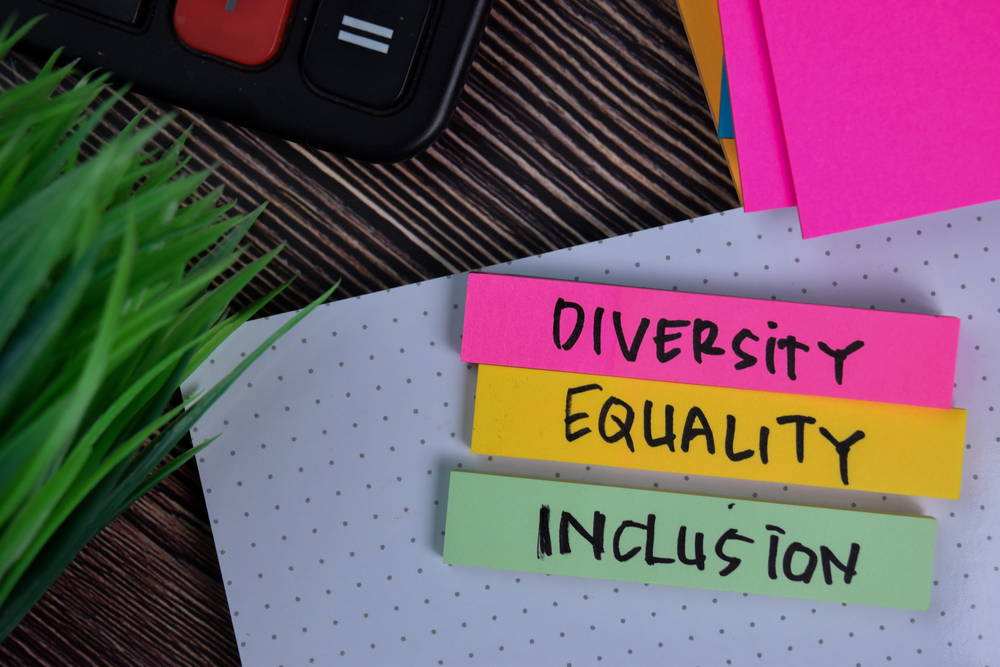Companies across the globe are now embracing the ideas of Diversity, Equity, and Inclusion (DEI) by creating new policies and rolling out organization-wide programs. Industry newsletters frequently cover many interesting initiatives catering to diversity and inclusion, and yet, somehow, equity initiatives don’t seem to be getting the same spotlight.
What is equity
McKinsey defines it succinctly:
“Equity refers to fair treatment for all people, so that the norms, practices, and policies in place ensure identity is not predictive of opportunities or workplace outcomes. Equity differs from equality in a subtle but important way. While equality assumes that all people should be treated the same, equity takes into consideration a person’s unique circumstances, adjusting treatment accordingly so that the end result is equal.”
Essentially, it espouses being fair and impartial, not necessarily by providing the SAME treatment to all, but by being cognizant of barriers as well as privileges. And this separates equity from equality.
Here is an illustration by Angus Maguire to understand equity vs equality better.

Source: IISC website
The setting of the cartoon is three people of different heights standing behind a fence hoping to watch a sports match. In the ‘equality’ scene, all three receive the same boost, i.e., the same-sized box. In effect, only the person who was already the tallest of the three will be able to see the match. In the ‘equity’ setting, each person gets enough boxes that allow them all to see over the fence, in effect, creating an actual equal opportunity to enjoy the match.
Examples of equity at the workplace
An underlying factor of equity is realizing that not everyone starts at the same level or has the same goals/needs. In an organizational context, aiming for equity is sure to change several legacy practices. Here are three examples to articulate what equity looks like in the business world:
- An employee benefits plan that does not apply blanket discounts on medical, dental, and accident services, but considers what different employees need. This could look like accommodating employees who are also parents to include their children/spouses or enabling employees to redeem mental health services, maternity leave, bereavement leave, etc., on their benefits plans.
- A holiday policy that does not apply uniform holidays throughout the year but gives each employee the freedom to choose their days based on their culture. For example, instead of insisting on a forced 2-week holiday during Christmas, allowing employees to opt for other long holidays around religious festivals like Eid, Deepavali, or Easter and political holidays such as Independence days or 4th of July, etc.
- A job advertising policy that recognizes behavioral differences based on gender or age, and standardizes eligibility criteria to encourage equal participation from men and women (studies show that women apply only for those where they meet 100% of the job criteria, whereas men are more flexible) as well as younger high-achieving individuals.
Equity is placed in the middle of the DEI charter as the link between diversity and inclusion.
Organizations committed to the principle of equity will consequently find themselves instituting practices that support the hiring and growth of diverse workforces as well as creating inclusive workspaces.








